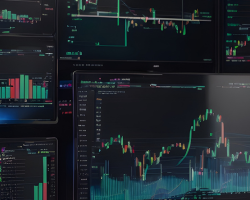S&P 500 Climbs to New Heights as Job Data and Eased China Curbs Lift Market Sentiment | Weekly Market Analysis

Key events this week:
Tuesday, July 8, 2025
- Australia - RBA Interest Rate Decision (Jul)
Wednesday, July 9, 2025
- New Zealand - RBNZ Interest Rate Decision
- USA - Crude Oil Inventories
- USA - 10-Year Note Auction
- USA - FOMC Meeting Minutes
Thursday, July 10, 2025
- USA - Initial Jobless Claims
- USA - 30-Year Bond Auction
Friday, July 11, 2025
- UK - GDP (MoM) (May)
The S&P 500 closed at a fresh all-time high on Thursday during a shortened session ahead of the Independence Day holiday, as encouraging economic data and a strong rebound in semiconductor stocks helped fuel market momentum.
The benchmark index climbed 0.9% to settle at a new record of 6,279.35, while the Dow Jones Industrial Average rose 344 points, or 0.8%. The NASDAQ Composite also participated in the rally, posting a 1% gain as risk appetite improved across sectors.
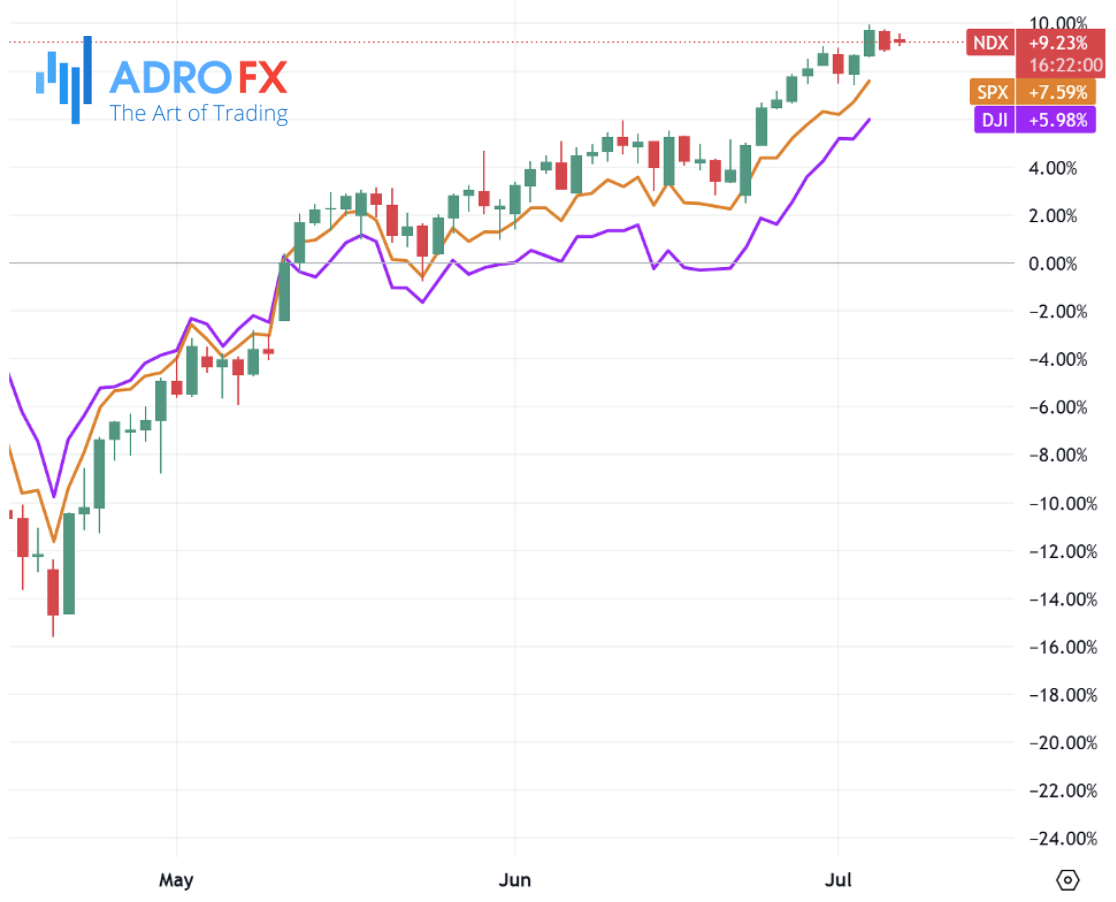
The primary driver behind the day’s optimism was the latest monthly jobs report, which signaled continued resilience in the US labor market. According to the Bureau of Labor Statistics, the US economy added 147,000 jobs in June, surpassing consensus forecasts of 111,000. This came after an upward revision to May’s total, which was adjusted to 144,000. The bulk of job gains came from state government and healthcare sectors, although employment in the federal workforce saw some declines. Meanwhile, the unemployment rate edged down slightly to 4.1%, and wage growth slowed, with average hourly earnings rising just 0.2% month-over-month. This softening in earnings eased fears of wage-driven inflation and boosted confidence that the Federal Reserve might not be in a hurry to hike interest rates again.
Adding to the positive tone, weekly jobless claims fell to their lowest level in six weeks, reinforcing the notion that the labor market remains solid despite external pressures, including the lingering impact of broad tariffs. These developments were enough to reassure investors that the economic foundation remains intact, even as the outlook for inflation and interest rates continues to evolve.
In tech, chip stocks were among the top performers, benefiting from news that the US government had moved to ease some restrictions on exports to China. Nvidia stood out with a 1.3% rise, lifting its market capitalization to $3.89 trillion and bringing the firm within striking distance of Apple’s all-time record as the most valuable company in history. The decision to loosen certain trade limits sparked fresh enthusiasm in a sector that has recently faced considerable headwinds from geopolitical friction and regulatory uncertainty.
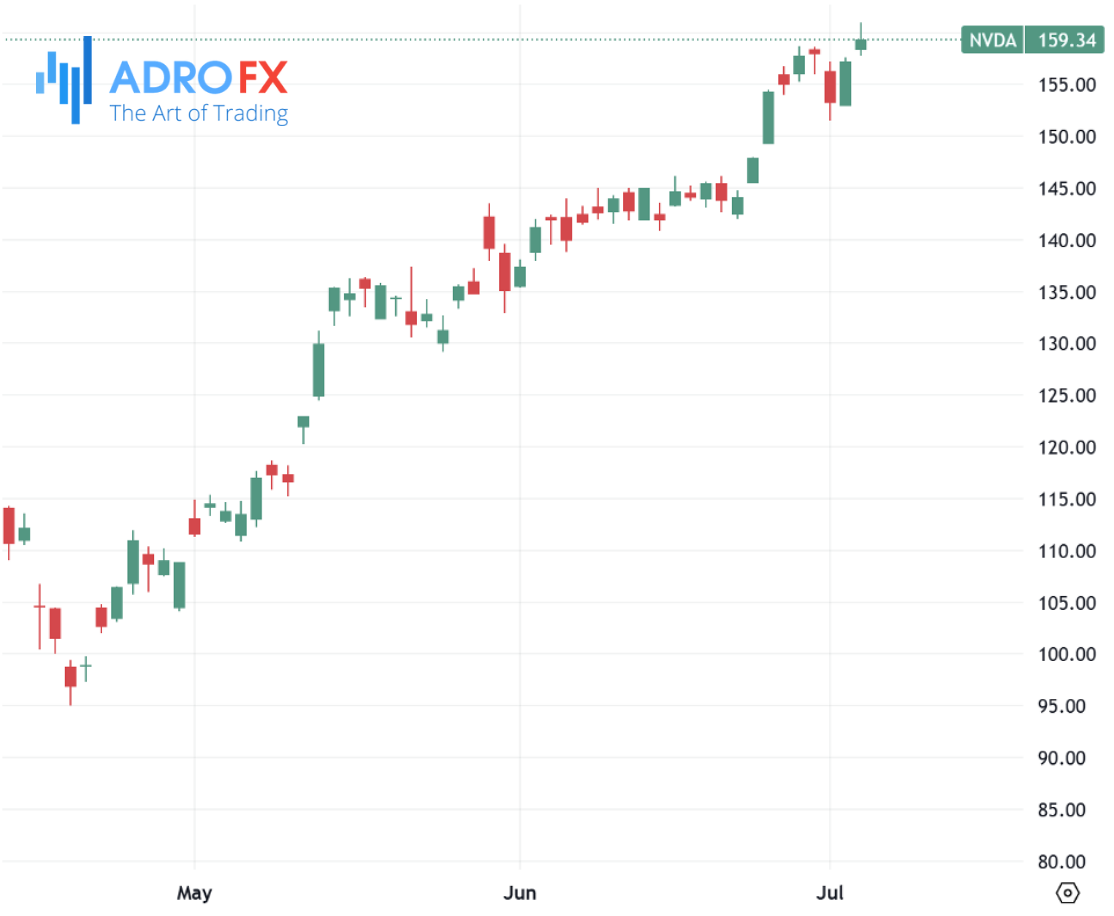
In currency markets, the Japanese yen came under renewed pressure against the dollar. USD/JPY found fresh buyers in Monday’s Asian session, driven partly by President Trump’s threats of additional tariffs on Japan, this time related to its rice import policy. With Tokyo resisting US calls to purchase more American-grown rice, the potential for retaliatory trade actions raised concerns over future Japanese corporate profits and wage growth. These issues could complicate the Bank of Japan’s plans to normalize monetary policy, further undermining the yen. Data released earlier showed that real wages in Japan fell for the fifth consecutive month in May, marking the fastest annual drop in nearly two years. Nevertheless, expectations remain that the BoJ will still consider a rate hike later in the year, supported by elevated domestic inflation.
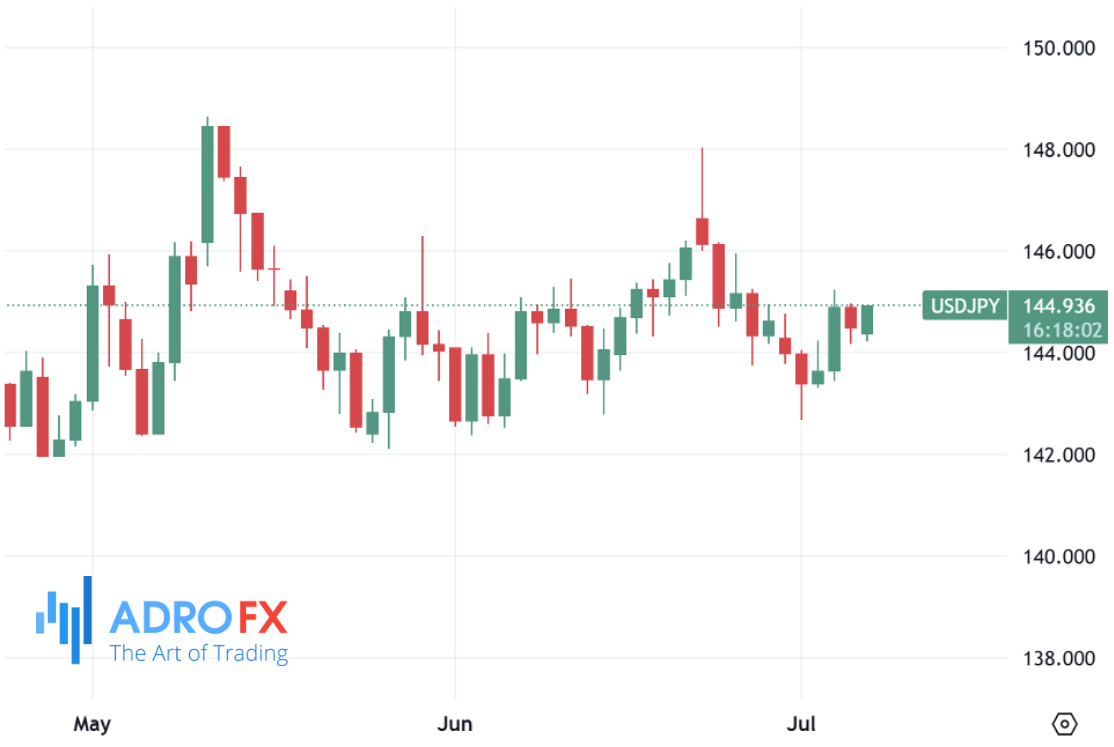
Meanwhile, the Canadian dollar weakened slightly, with USD/CAD trading near 1.3920. The move came despite a generally positive bias, as oil prices declined following OPEC+’s unexpected decision to raise output by 548,000 barrels per day in August. Concerns over potential oversupply pressured crude markets, which in turn weighed on the commodity-linked loonie.
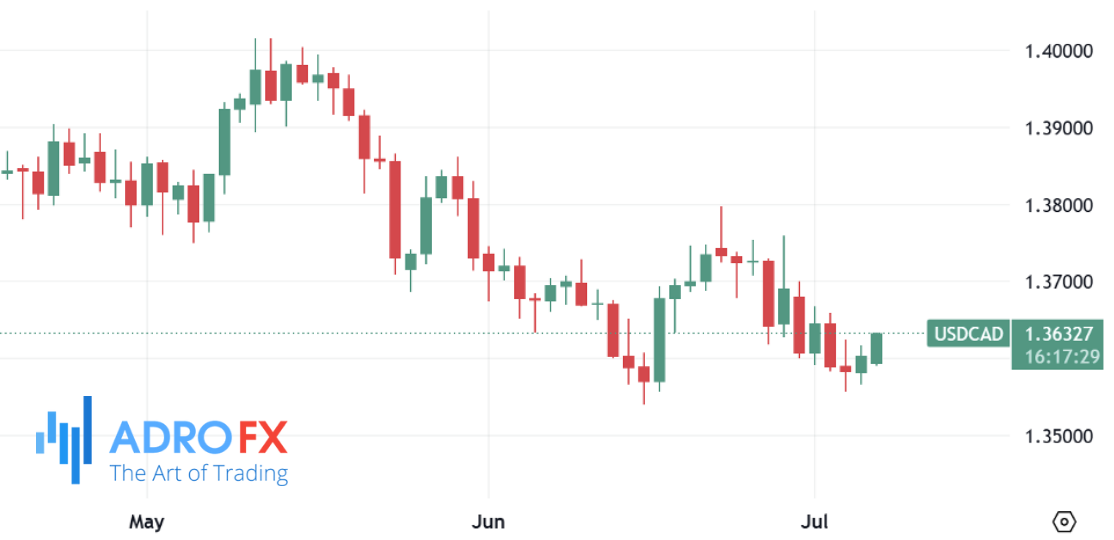
The Australian dollar also faced losses, marking its third straight session of declines. AUD/USD remained on the defensive amid renewed trade uncertainty, as President Trump hinted he might send up to 15 tariff-related letters, with expectations that several deals would be finalized before a July 9 deadline. While ANZ job advertisement data showed a modest 1.8% gain in June, it wasn’t enough to support the Aussie. Traders are also focused on the upcoming Reserve Bank of Australia meeting, where a majority of economists now expect a 25-basis-point rate cut. Forecasts see the cash rate potentially dropping to 3.10% by year-end, down from 3.35% in earlier projections.
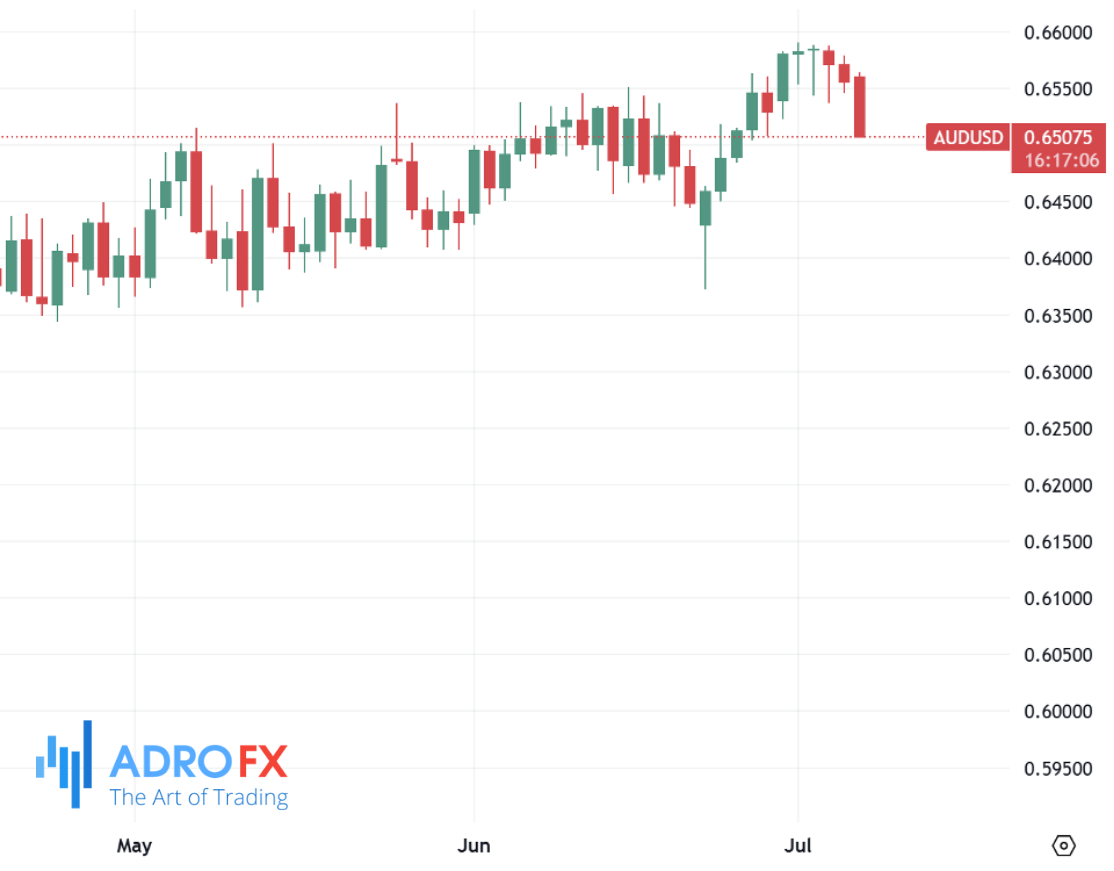
The New Zealand dollar extended its losses as NZD/USD slipped to around 0.6035. Uncertainty over tariff developments remained a drag on the kiwi, although upcoming events such as the Reserve Bank of New Zealand’s interest rate decision and the release of FOMC minutes could provide new direction. Market consensus expects the RBNZ to keep rates steady in July, with a high probability of one rate cut later this year. Any progress on trade deals involving China - New Zealand’s largest trading partner - may offer some near-term support to the currency.
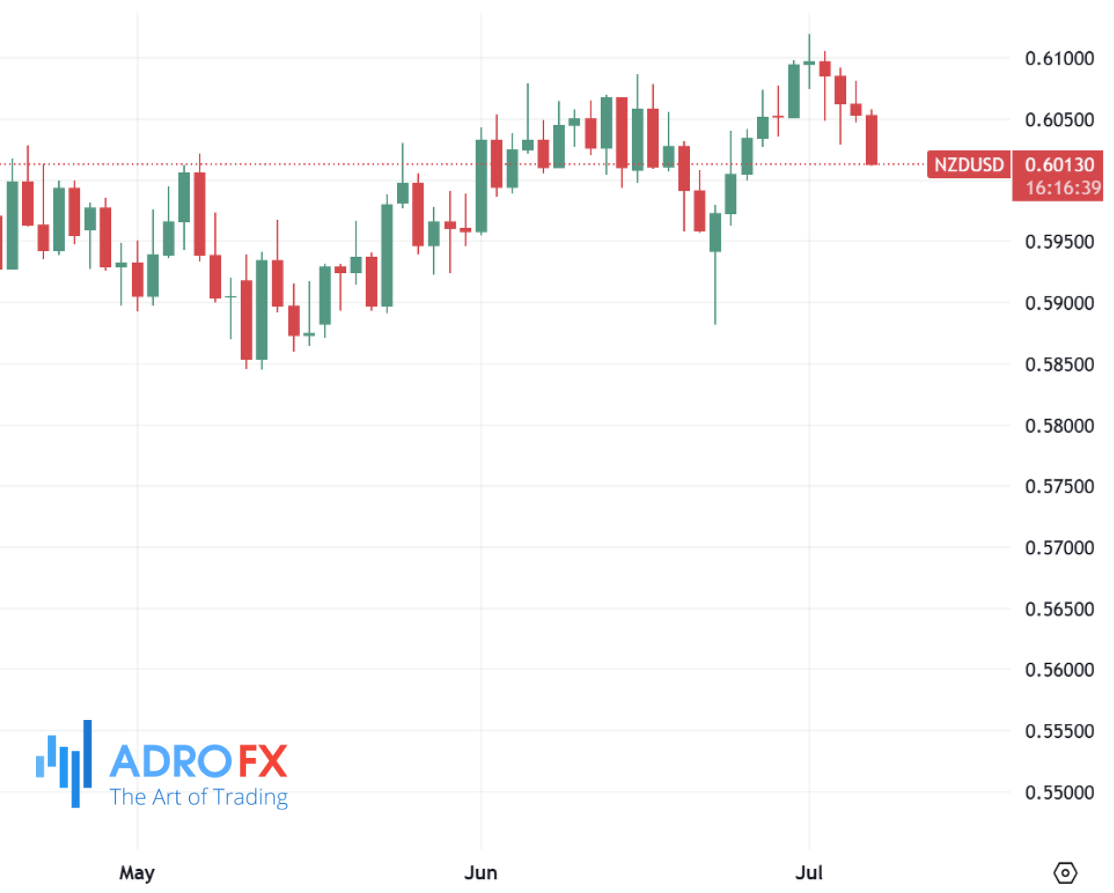
EUR/USD edged lower during Monday’s session, trading around 1.1780, pressured by tariff concerns after comments from US Treasury Secretary Scott Bessent. Still, the downside was limited thanks to hawkish remarks from European Central Bank President Christine Lagarde, who reiterated the ECB’s commitment to achieving its inflation target. Economic data from the Eurozone, particularly German industrial output and retail sales figures, are likely to influence the euro’s near-term trajectory. On the trade front, the EU Commission signaled that it was nearing a deal with the US to avoid renewed tariffs ahead of the July 9 deadline. According to reports, several EU carmakers have proposed increased investment in US operations in exchange for tariff relief, indicating possible progress in bilateral negotiations.
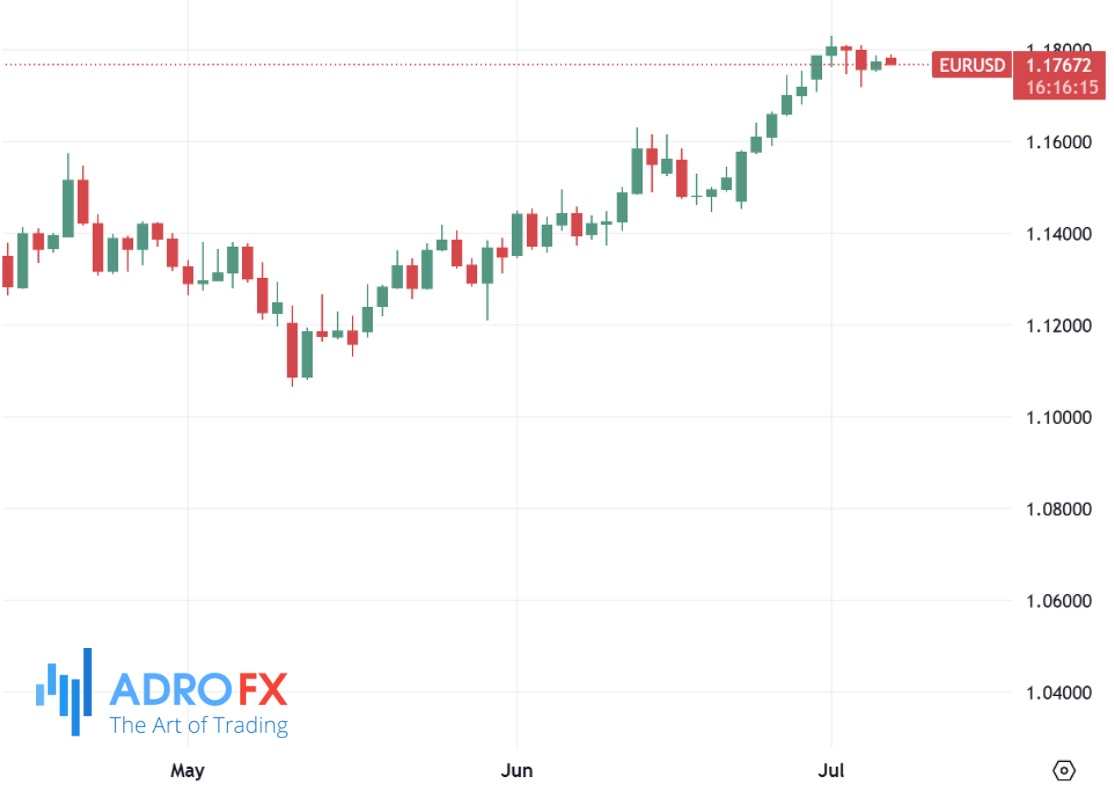
Sterling began the week on a quieter note, with GBP/USD hovering around mid-1.3600s. While last week’s political developments in the UK offered some support, namely, Prime Minister Keir Starmer’s confirmation that Chancellor Rachel Reeves would retain her post, expectations for monetary easing from the Bank of England acted as a headwind. BoE Governor Andrew Bailey emphasized that rates are trending downward, while Monetary Policy Committee member Alan Taylor pushed for faster cuts amid risks of an economic hard landing. Investors are closely watching for further clarity in the FOMC minutes, which could set the tone for broader dollar movements and affect GBP/USD positioning.
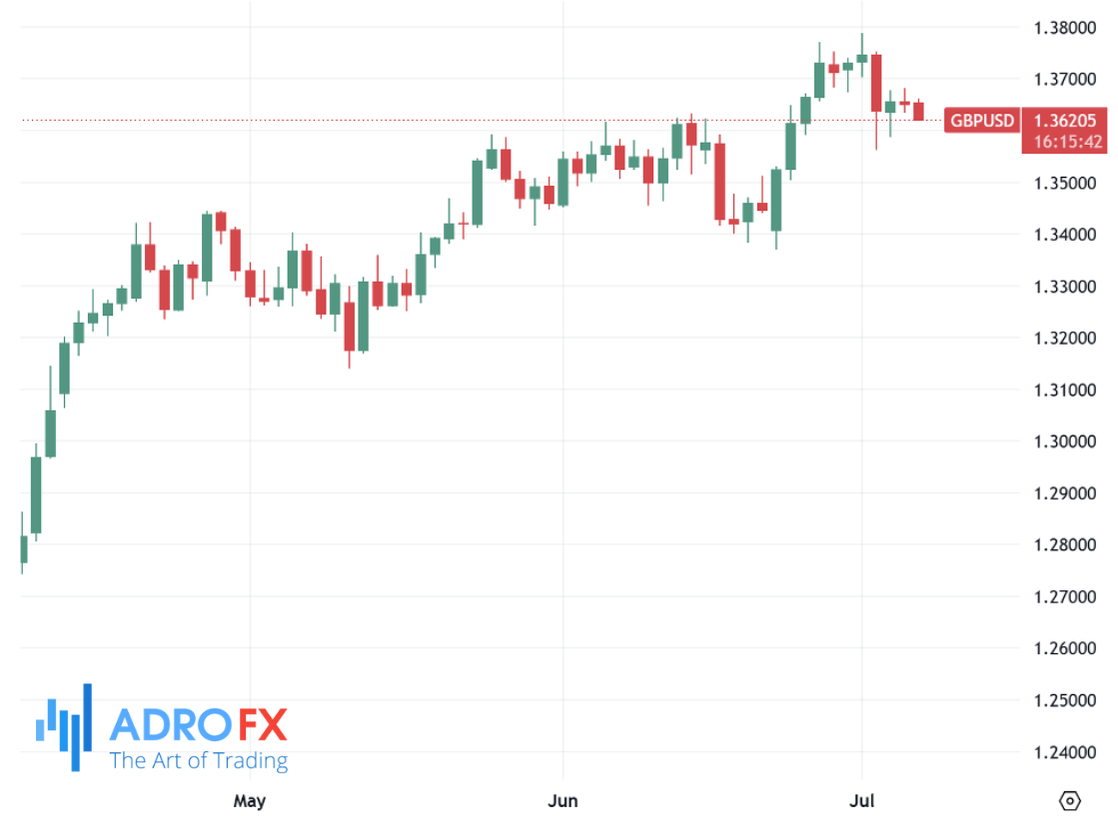
Looking ahead, the week promises additional market-moving events. The FOMC’s latest meeting minutes, due Wednesday, will provide deeper insight into the Fed’s evolving stance on rate policy. Meanwhile, upcoming US employment figures, including June’s payrolls and unemployment data, will be pivotal in shaping expectations for potential Fed action in the months ahead.




